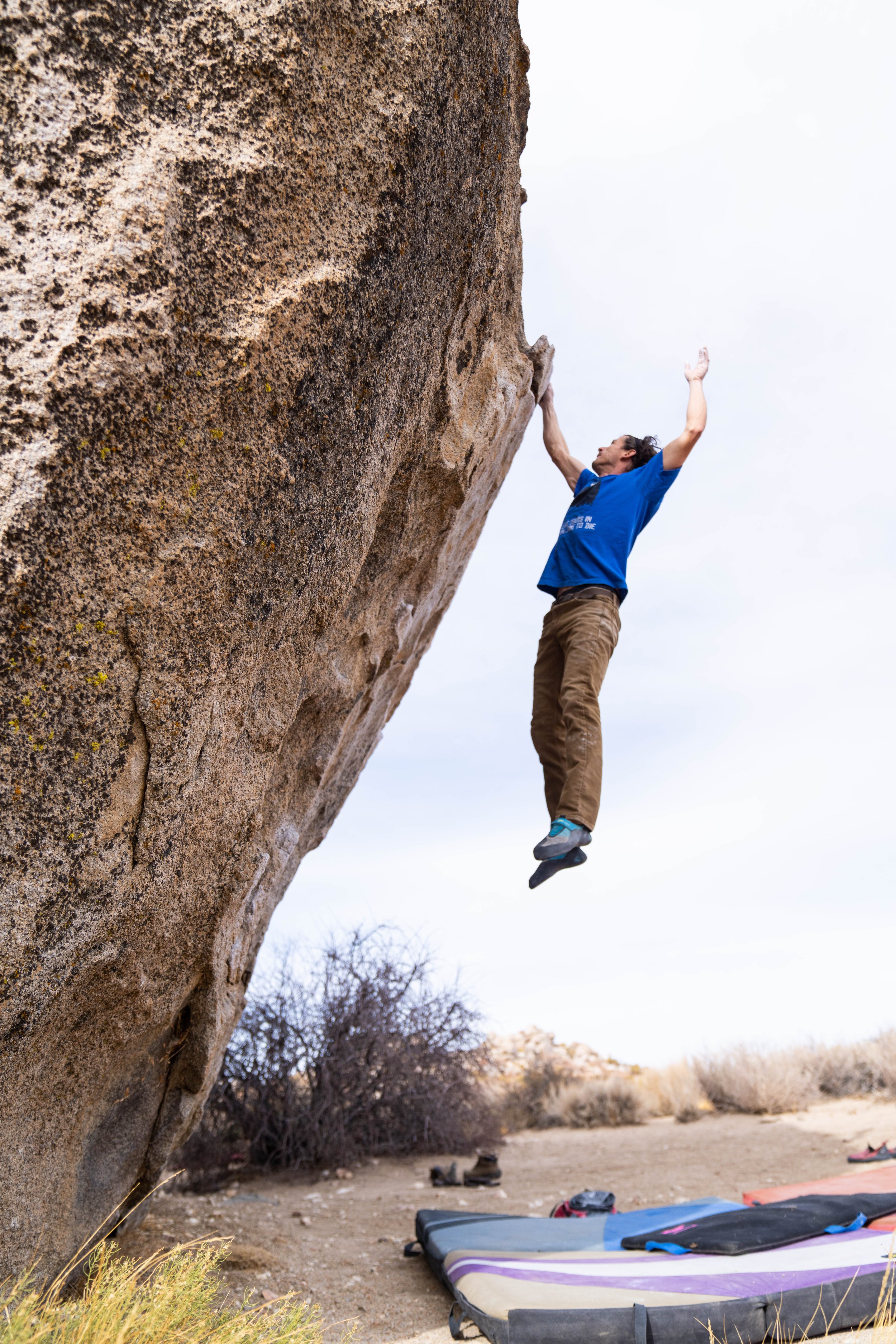The Importance of Practice
The Importance of Practice
Often times climbers focus solely on strength. They want the latest hangboard protocol or they obsess over improving their performance on the campus board. As a coach, I get why they do. If you can start doing more weight, go further on the rungs, hang smaller edges, the gains are obvious. When practicing, the level of success becomes less well defined but it will result in better improvement over the long run. Practicing can be improved by following these simple steps.
1) Understand the concept
There are dozens of areas to improve in climbing. Do you need more momentum when you climb? How’s your pacing? What about your arousal levels and your mental toughness? Learning about each of these concepts, where they are essential to climbing improvement, when they need to be employed, and why they are useful is the first step at getting better at them.
2) Break the skill into its parts
Looking at any bodily movement, you can see a starting and ending point. With a hard deadoint move, you can see the climber’s hips drop, their body push up, and then you can see them latch a hold at their apex. So with this example of a deadpoint you’re breaking the skill into its parts- hips lowering, body pushing, and the latch. No matter the skill, the best thing to do is to look at it in a series of steps, this will allow you to work on each step.
The more skilled you become as a climber, the more you’ll be able to break the movement into even further parts. The same deadpoint will involve a step with the timing of the breathe, the location of the eyes when making the move, hitting the hold and continuing to stand to control it. It’s endless. The higher level of a technician you are, the more steps you see. That being said. Keep it as simple as you can. Stay away from overcomplicating it.
3) Execute its parts at a warmup grade
Start by working on the skill during your warmup. Continuing with the momentum idea, you can work on dropping your hips and then pushing upwards when you climb on easier terrain. Feel the momentum of your body and work on what each step should look like. Use the time when you’re first flowing into your climbing to explore the skill.
4) Utilize it at a Project Grade
The next step involves finding a difficult climb where you can practice the skill. Practing under this pressure will reveal the intricatices of the concept that you need to work on. Do you need to look at the hold when you’re deadpointing? Are you missing that breathe work? Projecting requires pushing the concept until you can perform it without thinking.
5) Make it Instinctual
Watching elite climbers move over stone, you’ll see that they effortlessly deadpoint to holds. The steps disappear and they perform in one fluid motion. This comes from so much practice that they can perform these skills on difficult onsights. They’ve broken the skill down, they’ve done it as a warmup and then they utilized it at a harder level to ingrain the skill.

